Pellaea Rotundifolia Cliff Brack New Zealand Fern
One of the most striking features of the Pellaea Rotundifolia is its unusual fronds composed of rounded, shiny, green, flat leaves which look like buttons.
Ferns have been around almost since the dawn of time growing in damp shaded forests across the world. From tropical forests to cooler woodlands, these living relics date back almost three hundred million years. Over this time, thousands of varieties have been formed in the wild and by modern cultivators with around ten to fifteen thousand different species in existence. Even today new Fern species are still being found in unexplored areas of the world.
Since they first reached the houseplant scene in the early 19th century, Ferns have been some of the most rewarding houseplants out there. They can be true specimens of beauty, adding their own unique touch to interior spaces with a wide range of shapes, sizes, and textures. They are graceful and elegant plants, with many soft and delicate leaf forms. Their lush fronds can bring added tranquillity to some of the gloomiest corners of our homes.
But these plants aren’t for the haphazard beginner, to really make these plants thrive and grow to their full potential they need to be nurtured and watched with an attentive eye. But at least once you’ve learnt to take care of one Fern you should have your bases covered for any different species in the future. Most Ferns are pretty similar when it comes to their care and often the same rules apply across many different species.
This species is particularly well-suited for kokedama, a traditional Japanese planting technique that involves wrapping the plant’s roots in moss balls. It can also be placed in an open or closed terrarium to create a miniature garden inside your home.
In terms of benefits, the Fern is a great air-purifying plant and can help to improve the air quality in your home. It’s also a non-toxic plant, so it’s safe to have around pets and children.
This Fern is known for its ease of care and low maintenance requirements. It thrives in bright, indirect light and prefers a well-draining soil mixture. This species also enjoys slightly higher humidity levels, making it ideal for terrariums or other enclosed environments.
The plant is pets friendly!
- How should I water my Pellaea Rotundifolia to ensure optimal growth?
- Water your fern when the top of the soil feels dry to the touch, ensuring the soil is evenly moist but not waterlogged. Over-watering can lead to root rot, so allow excess water to drain away completely.
- Can the Pellaea Rotundifolia thrive in a terrarium environment?
- Yes, this fern is particularly suited for both open and closed terrariums due to its preference for high humidity and indirect light. Its compact size makes it an excellent choice for creating miniature garden landscapes indoors.
- Is the Pellaea Rotundifolia a suitable plant for beginners?
- While ferns require attentive care, once you master their basic needs such as proper lighting, humidity, and watering, they can be manageable for beginners. This species is relatively low-maintenance, making it a good starting point for new plant enthusiasts.
☀️ Light
☀️☀️▫️ (Medium)
The Pellaea Rotundifolia Cliff Brack New Zealand Fern flourishes in bright, indirect light. Position it near a window where sunlight is filtered through a sheer curtain to give it the ideal amount of light without the harsh direct rays.
💧 Water
💧💧▫️ (Medium)
Keep the soil consistently moist but not soggy. Water the fern when the top inch of soil feels dry to the touch. Reduce watering in the winter months to prevent waterlogging.
🌡️ Temperature
🌡️🌡️▫️ (Average)
This fern prefers average room temperatures between 16°C to 24°C. Avoid placing it near drafts or heat sources, which could lead to temperature fluctuations harmful to the plant.
💦 Humidity
💦💦💦 (High)
Pellaea Rotundifolia thrives in high humidity environments. Ideal for bathrooms or kitchens where the air tends to be moister. Consider a humidifier or a pebble tray to boost humidity if needed.
🪴 Repotting
This species does well in well-draining soil and benefits from being repotted every couple of years during spring. When repotting, choose a pot only slightly larger than the previous one to avoid excess soil moisture.
🐾 Pet Friendliness
This plant is non-toxic and safe for pets and children, making it a worry-free choice for pet owners.
✅🪴 Recommended Locations at Home
Ideal spots include well-lit bathrooms, kitchens, or any room with indirect sunlight. Its air-purifying qualities and stunning foliage make it a great addition to living rooms and home offices as well.
🌬️🪴 Air Purifying
The Pellaea Rotundifolia is known for its ability to purify the air, making it not just beautiful but also beneficial for your indoor environment.
✨ Other Plant Features
Aside from its charming rounded leaves, this fern is particularly well-suited for kokedama and terrariums, adding a touch of green elegance to these unique displays.
If you have more questions, our Mossbot is here to help! Feel free to contact us through our website or take advantage of our free plant hospital service if you need further assistance with your fern.
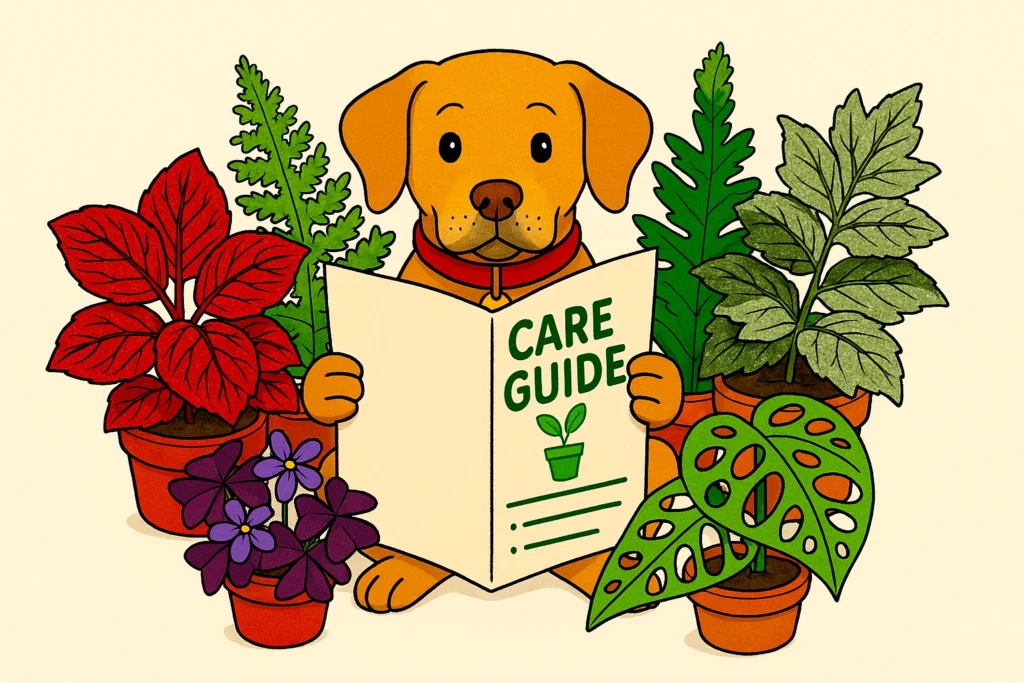
Free Care Guide With Every Purchase
Scan the plant pot QR for instant access to our care guide for your plant. No hassle, no stress, just healthy and happy plants.
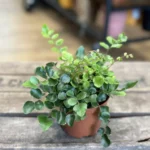 Pellaea Rotundifolia Cliff Brack New Zealand Fern
Pellaea Rotundifolia Cliff Brack New Zealand Fern


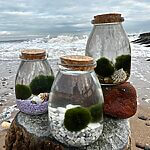
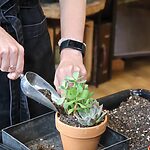
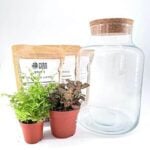
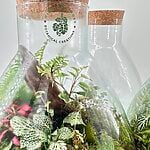
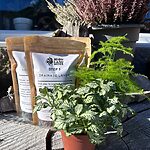
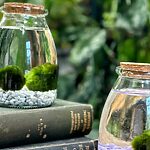
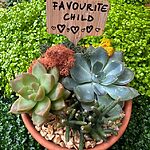
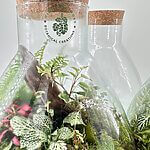












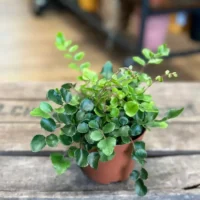
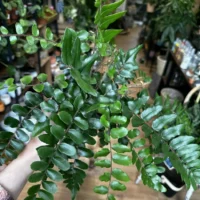
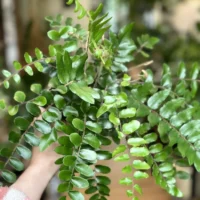
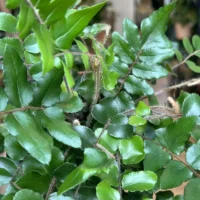
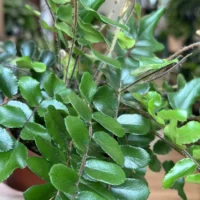
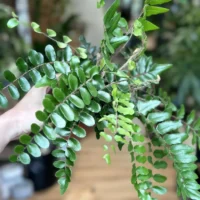


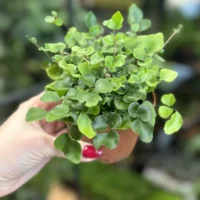
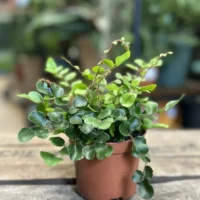
Reviews
There are no reviews yet